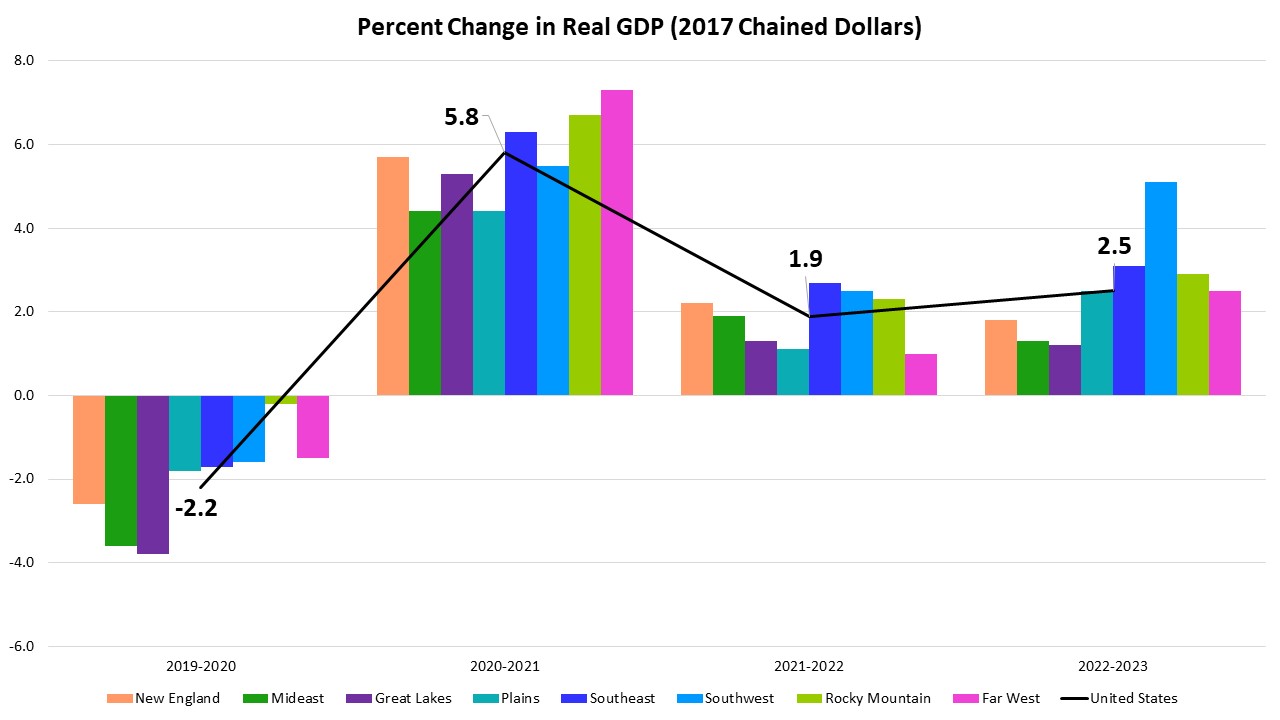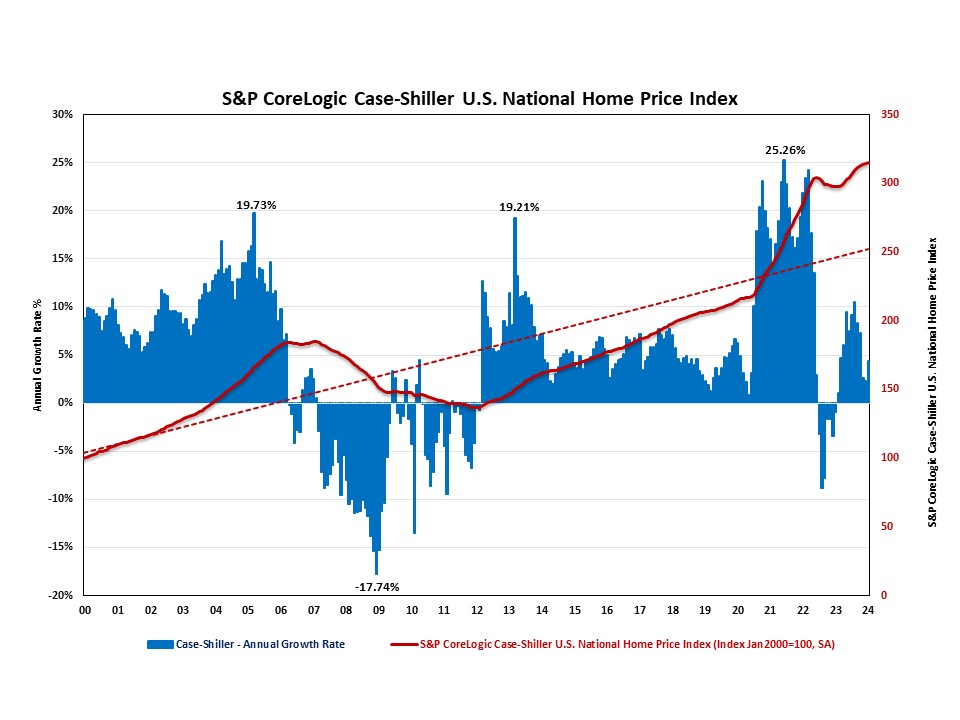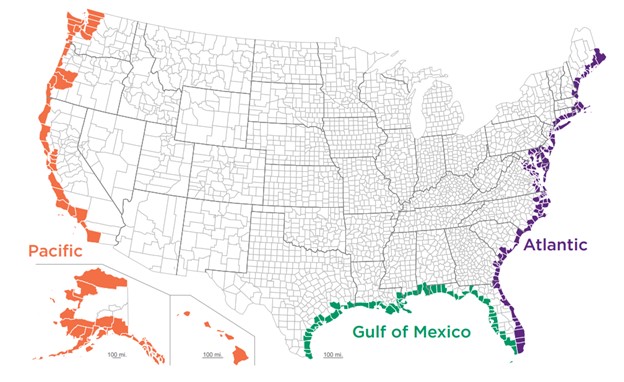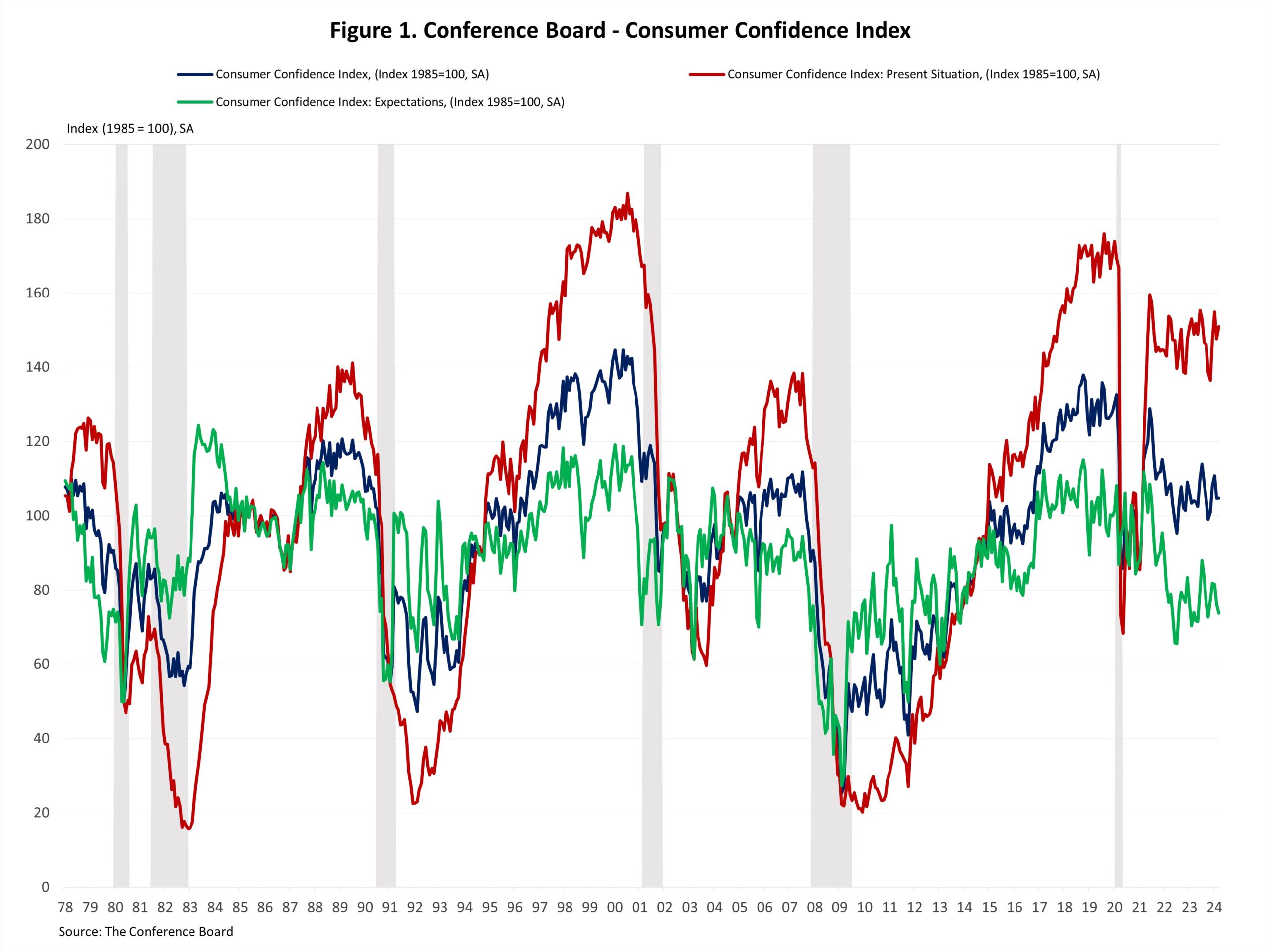How to Create More Efficient Business Practices
Diana Carroll2024-03-29T14:20:31-05:00Builders and remodelers understand the importance of maximizing performance, efficiency and durability in their builds. In NAHB’s array of April online education courses, learn everything from how to optimize building envelopes to ways you can improve customer relations using contracts and law.




